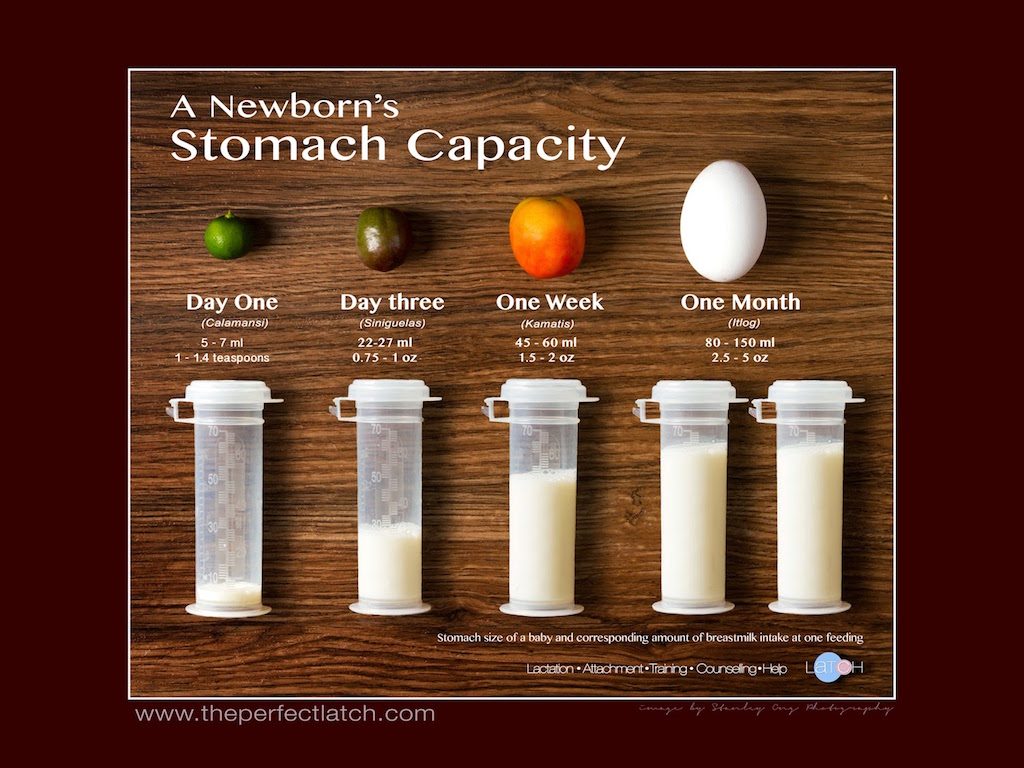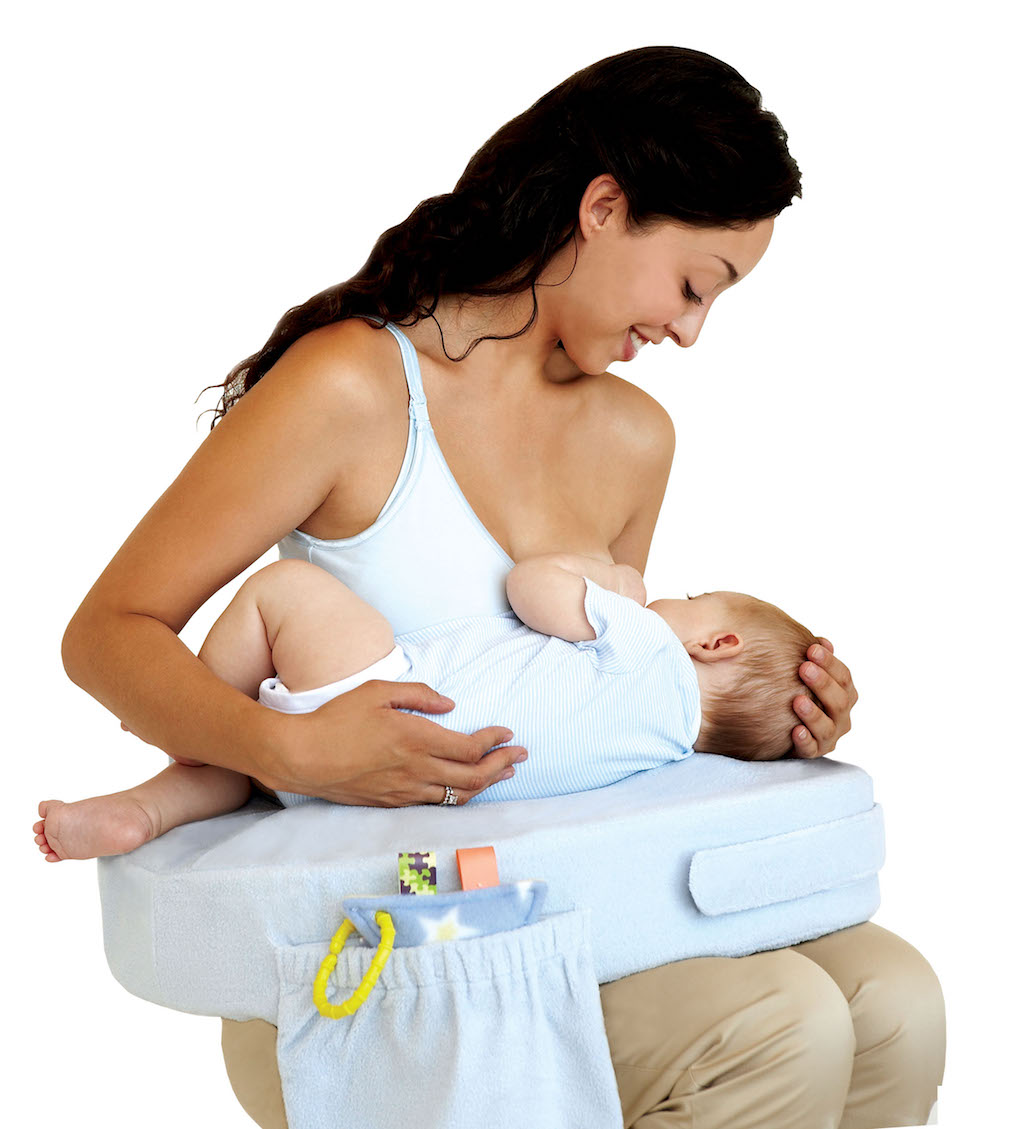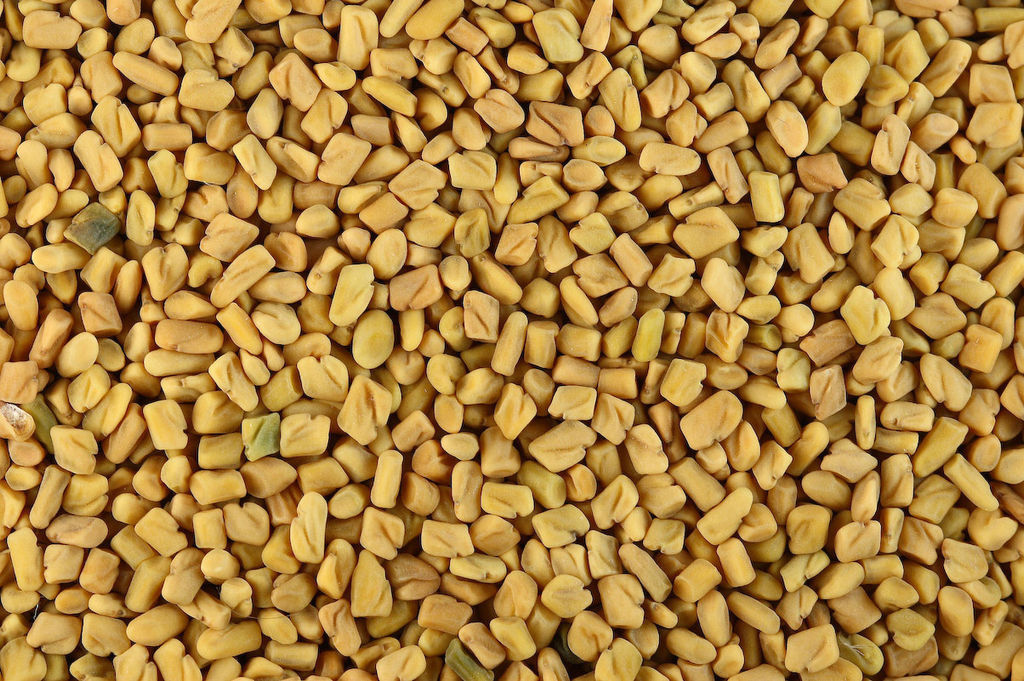SingaporeMotherhood | Pregnancy
June 2016
10 Ways to Prepare for Breastfeeding while Pregnant

So you’ve decided that you want to breastfeed your little one after he or she is born. Congratulations and definitely go for it! Breast milk is scientifically proven to be the complete milk for your baby, meeting the nutritional requirements of your child every step of the way. It can also help you melt off the pregnancy pounds and reduce your risk for breast and ovarian cancer. Breastfed babies are also less prone to infections, diabetes and Sudden Infant Death Syndrome.
As wonderful as it is, breastfeeding demands commitment and determination. The early days of breastfeeding, especially for first-time moms, can pose so many challenges that many throw in the towel (and I don’t blame them, it’s really tough!). I’ve been breastfeeding my firstborn for only six weeks so far, yet giving up has crossed my mind umpteen times. #thestruggleisreal
While you can’t predict what your experience will be like, it’s always a good idea to get yourself ready before Baby comes. The postpartum period is a time to recuperate and bond with Baby, not stress over breastfeeding. Besides, being prepared also means a higher chance of breastfeeding your child for longer!
1. Do your Research
Sister Wong Lai Ying, a Lactation Consultant at the National University Hospital’s (NUH) Women’s Centre says that the key to successful breastfeeding is an early start. “Learn about breastfeeding with your spouse as soon as you are planning to start a family,” she advises.
How much milk does Baby need? How do you achieve a proper latch-on? What are the best breastfeeding positions to nurse your baby in? You can find answers to these and more by reading up online. Useful resources include the La Leche League International, KellyMom, BabyCenter, and Breastfeeding Problems websites. These are dedicated to helping moms breastfeed with success.
Books can help too. Try Breastfeeding Made Simple by Nancy Mohrbacher and Kathleen Kendall-Tackett, and (one that I personally found helpful) Sweet Sleep: Nighttime & Naptime Strategies for the Breastfeeding Family by La Leche League.
Getting educated about breastfeeding and its benefits will strengthen your conviction to continue nursing your baby even when you hit a rut in your breastfeeding journey.
2. Attend a Class
Image courtesy of LATCH and Stanley Ong Photography
For a more structured approach to learning about breastfeeding, many hospitals offer prenatal classes as part of birth preparation. These usually include breastfeeding and baby care. “Mothers-to-be can also receive breastfeeding education from doctors and nurses during their prenatal visits. NUH offers a free breastfeeding education talk to all pregnant women from her 22nd week onwards,” adds Sister Wong.
Sister Wong suggests formal breastfeeding courses conducted by professional lactation consultants as another option. Look to breastfeeding advocates and support groups as well. For example, Breastfeeding Mothers’ Support Group (BMSG) offers breastfeeding talks and workshops that parents-to-be can attend to prepare themselves for breastfeeding.
3. Get fitted for a Nursing Bra
Nursing bras are specially designed for breastfeeding moms. They come with flaps that you can easily undo at feeding time. They’re also constructed with wider bands and straps to provide additional support for your ‘girls’. And even though your breast size does go up when the milk comes in, don’t wait till then to go nursing-bra shopping. In the early days after birth, you’ll be too exhausted to do that, so prepare a few nursing bras before the baby arrives!
4. Understand that Breastfeeding comes with Challenges
As you probably know by now, breastfeeding isn’t without its challenges. Sore nipples, unsettled babies, breast engorgement, and mastitis are just some of the common breastfeeding challenges Sister Wong has seen in her line of work. Learn about breastfeeding problems and find out what you can do when one crops up. This way, you become more confident in handling any problems while breastfeeding. You might even be able to avoid many of them in the first place!
5. Compile a list of Resources to help you with Breastfeeding
NUH Breastfeeding Hotline: 9722 0376
KKH Lactation Service: 6225 5554
SGH Breastfeeding Hotline: 6321 4530 / 31
BMSG Hotline: 6339 3558
Joyful Parenting and Breastfeeding Hotline: 6488 0286
Mt Elizabeth Hospital : 6731 2180 / 82
Mt Alvernia Hospital : 6347 6641 / 9839 9477
Gleneagles Hospital : 6470 5852
Thomson Medical Centre : 9119 3502 / 6251 4090 / 4043
Parkway East Hospital : 6340 8681 / 84
Raffles Hospital : 6311 1516
My baby has tongue-tie which affected his sucking, so I endured sore nipples and blocked milk ducts in the early weeks of breastfeeding. To add insult to injury, family members kept urging me to consider switching to formula. As a first-time mother, I felt helpless and didn’t know who to turn to.
Thankfully, the lactation nurses at NUH (where I delivered my son) continued to guide and encourage me. I went to them for help every time breastfeeding became difficult and now, breastfeeding is no longer a bane. If I hadn’t found the right avenues in time, I might have given up with regrets!
So gather a list of helplines and hotlines you can quickly reach for when you face problems with breastfeeding. We’ve prepared one for you; see above.
6. Stock up on things that can help you
Image: My Brest Friend
Since breastfeeding can be a pain (literally), anything that can make a new mom’s life easier gains immediate brownie points. Deanna Kearns, a certified birth doula, recommends her top three breastfeeding essentials for every new mom: “First of all, a good breastfeeding pillow allows moms to be hands-free when nursing. It’s also a lifesaver for moms who deliver by C-section as it doesn’t press on the wound.”
Having to support your baby while he suckles takes a toll on your arms and shoulders, so having the breastfeeding pillow relieves you of aching muscles. Being able to go hands-free while breastfeeding is a big deal for time-strapped moms — in fact, I’m typing up this article while nursing my baby on the breastfeeding pillow! Alternatively, you can prepare extra pillows (choose firm ones) to help you maintain the breastfeeding position.
“Second is an all-natural nipple cream which can be applied after each nursing session and doesn’t need to be washed off. Lanolin works really well to ease sore and cracked nipples.”
“Lastly, get a breast pump that’s ready to go. What that means is to ensure that you can use the breast pump to express breast milk quickly. Trust me, when the baby’s crying, you don’t want to be assembling and sterilising pump parts!”
7. Plan for a Natural Birth
The moment a baby is born, he is ready to breastfeed. An alert baby during this time would start searching for his mother’s breast, and this stimulation kick-starts milk production.
To boost your chances of successful breastfeeding, aim for a natural, unmedicated birth as far as possible. “Pain relief medication has a sedative effect on both mother and baby. The baby may fail to search for the breast and nipple, grasp the areola, and suckle during the alert stage following birth,” Sister Wong explains.
8. Inform your Medical Team
Make sure your gynae and the hospital know that you are planning to breastfeed. The best way to do this is to write it in your birth plan, so that the nurses will present your baby to you for the first feeding. Thanks to the Baby-Friendly Hospital initiative, all 10 maternity hospitals in Singapore encourage breastfeeding. However, it’s a good idea to make it clear to your medical team that you intend to exclusively breastfeed your baby, and that you do not want your baby to be given formula.
9. Start consuming Foods that boost Milk Supply
Some mommies have enough to feed their baby while others experience temporary low milk supply. Since milk supply takes a while to be established, it might be a good idea to start boosting milk supply in the few weeks approaching labour. Think of it as giving your body a head start! Foods and herbs that are known or believed to increase milk supply are called galactagogues, and nursing mothers are encouraged to take plenty of them to promote breast milk supply.
According to Sister Wong, fenugreek (see picture), fennel, milk thistle, lemongrass, goat’s rue, anise and rolled oat, mooring and garlic are some of the galactagogues that could help based on hearsay and historic usage, but note that their effects are not scientifically proven.
“It’s more important to keep a balanced diet and eat as your body tells you, that is, eat when hungry and drink when thirst. This is the most physiological and economic way to ensure good milk supply.”
10. Get Hubby on Board
One of the best things a dad-to-be can do for his wife is to wholeheartedly support her breastfeeding efforts. As Sister Wong puts it, “The father’s support is a very important factor to mother’s and baby’s success in feeding.” Yes, dads can help ensure breastfeeding success too!
If Baby has other caregivers (such as the grandparents), it’s important you communicate with them on your decision to breastfeed. Sometimes, the older generation may question your milk supply out of concern for the baby. Such comments while well-meaning can discourage you when you’re already tired and stressed out. Educating caregivers during pregnancy about breastfeeding helps pave the way for much-needed support when the going gets tough.
All content from this article, including images, cannot be reproduced without credits or written permission from SingaporeMotherhood.
Follow us on Facebook, Instagram, and Telegram for the latest article and promotion updates.











